First look: Garmin adds solar charging to Edge 840 and 540 overhaul
Garmin improves battery life and performance metrics in its core cycling head units
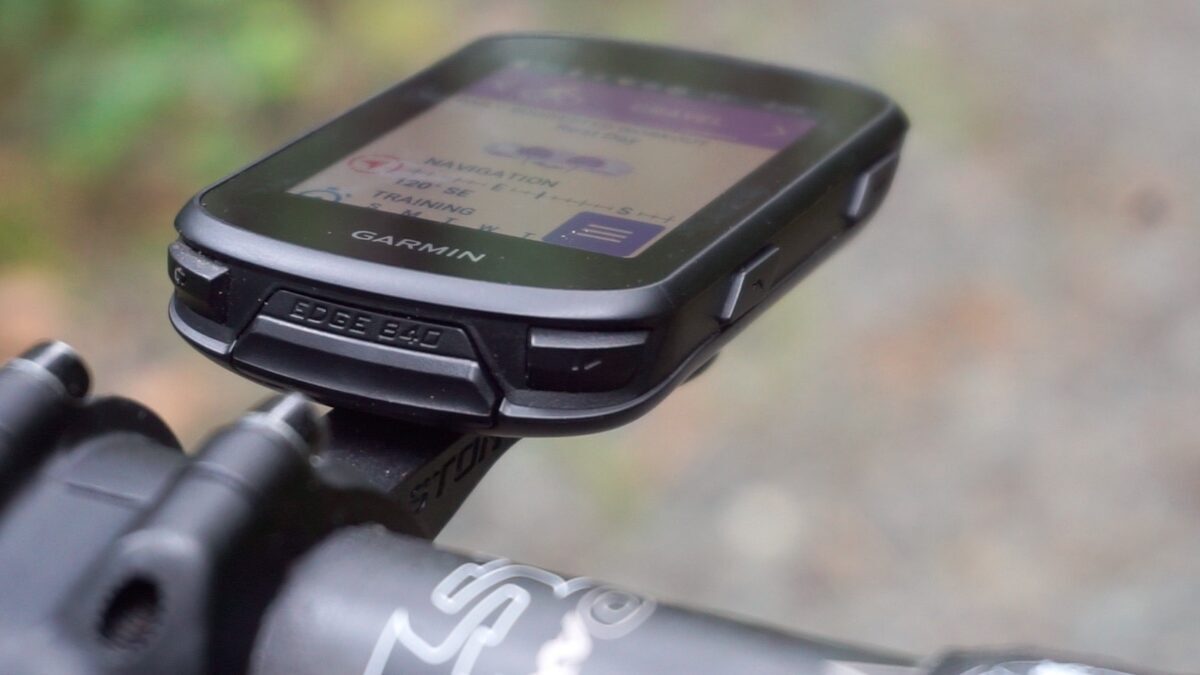
Just under one year after Garmin’s Power Glass made its cycling debut on the Edge 1040, the solar charging display is arriving on the brand’s core cycling computers. The new Garmin Edge 840 and Edge 540 are both now available in Solar and standard versions.
The non-solar versions get the new name too because this update is more than just a new display material. Garmin improves most areas of both head units, including significantly increased battery life, more performance metrics, an improved interface and easier set-up.
We’ve had a few weeks on the new 840 and are, so far, impressed by several of the improvements.
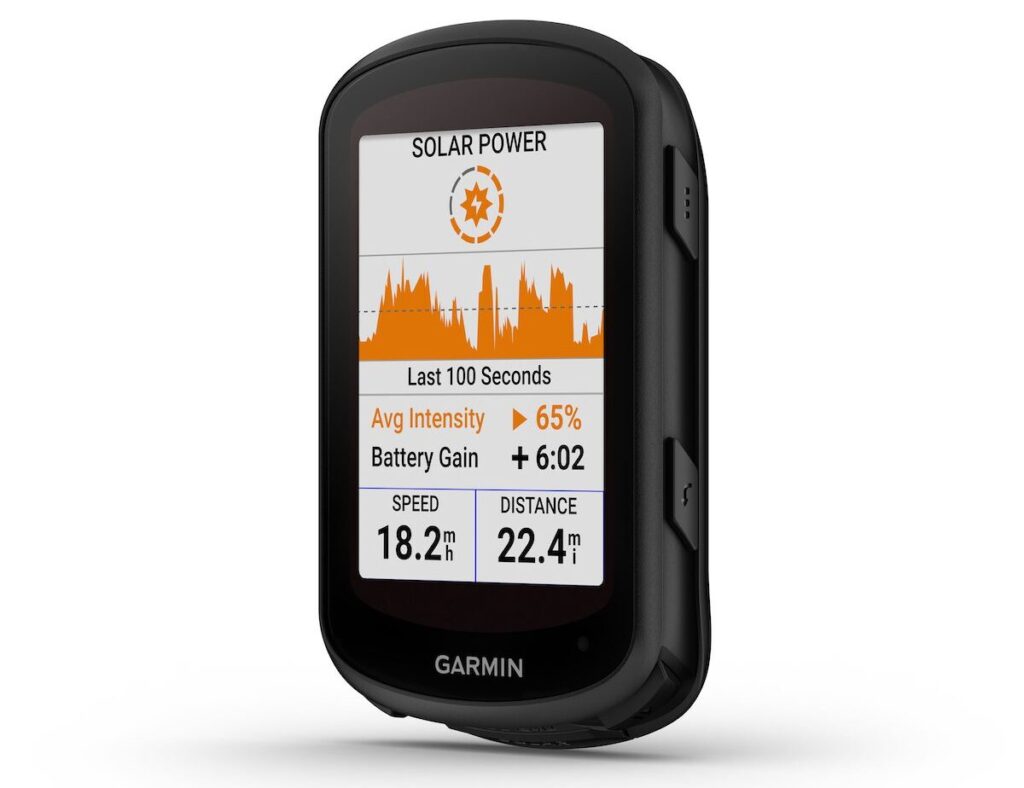
Garmin Edge 540 Solar and Edge 840 Solar: Powered by the sun
One main story for all four new models is substantially improved battery life. Where the outgoing 830 and 530 had about 20 hours, the new units can fun for a full 26 hours of full-function use. Turn on battery save mode and these Edge models get a whopping 42 hours of run time.
The two Edge Solar models will go even longer. In the right conditions (daytime riding), Garmin claims the 540 Solar and 840 Solar can gain an extra 25 minutes of battery life per hour. That brings the Solar model’s maximum run-time to a huge 32 hours of full-function use and 60 hours in battery save mode. Obviously, Power Glass requires sunlight to do its work recharging the Edge units.
On a hot, clear day of road riding we got a lot back from the Power Glass than on an overcast day on mountain bike trails where the temperatures hovered just above zero. And, for Canadian readers, it’s worth noting that Power Glass only works to add to your battery life above zero degrees Celsius. For the 840 Solar, the touchscreen still works, but the unit is no longer re-charging as you ride if the mercury dips below zero.
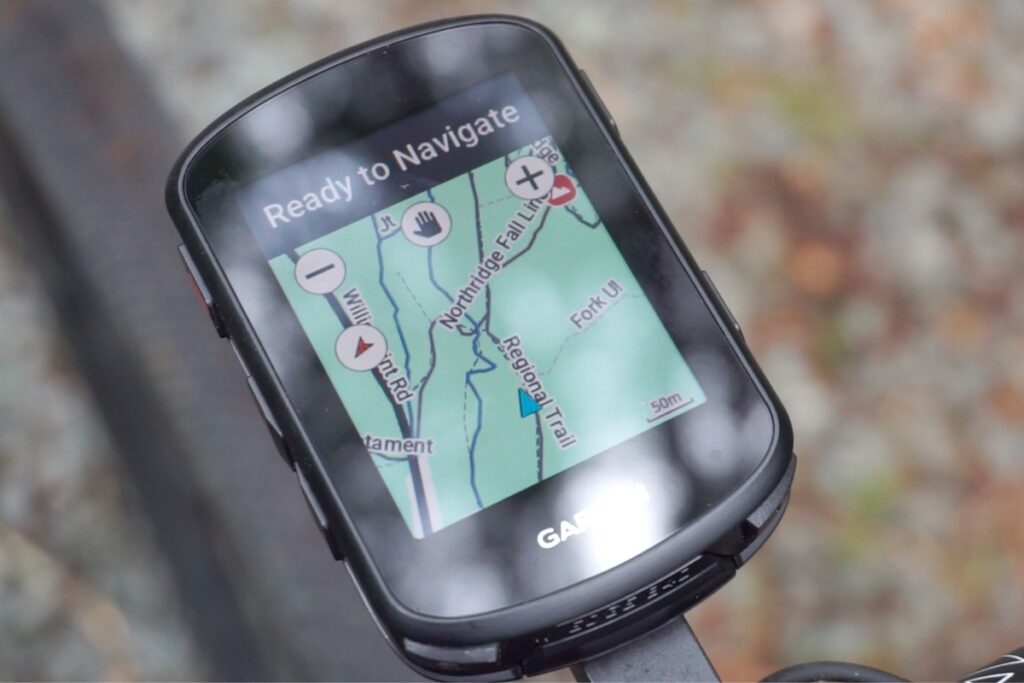
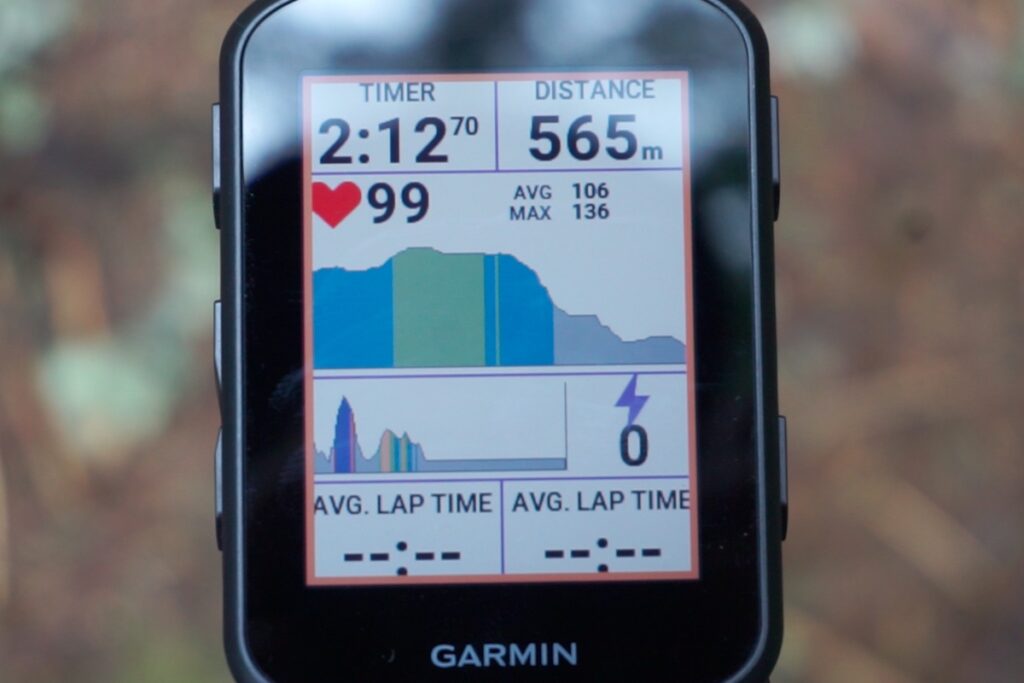
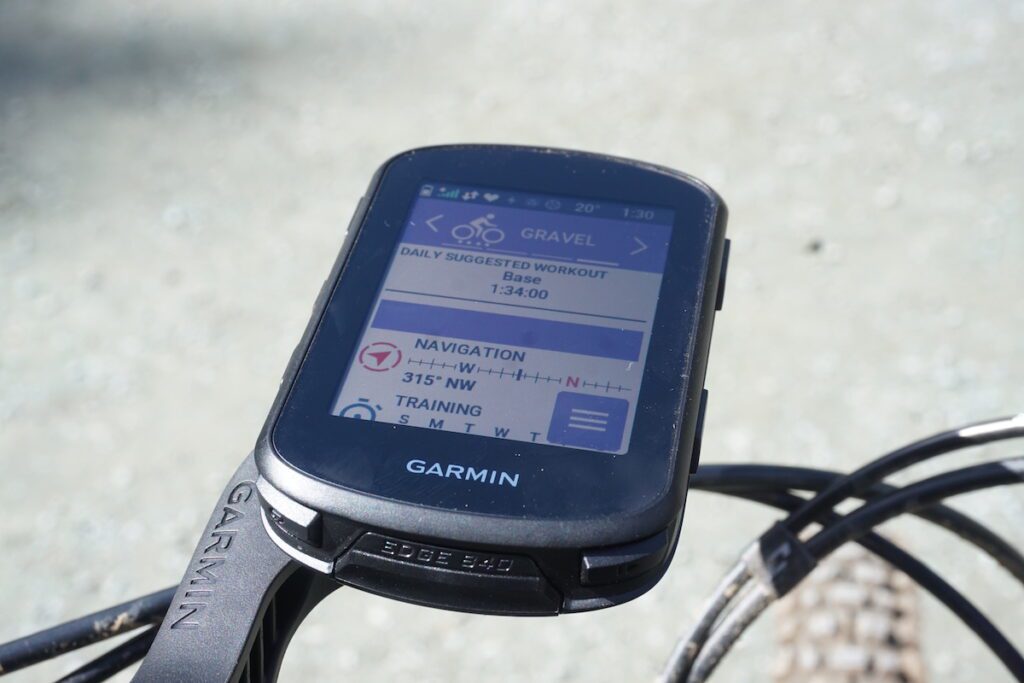
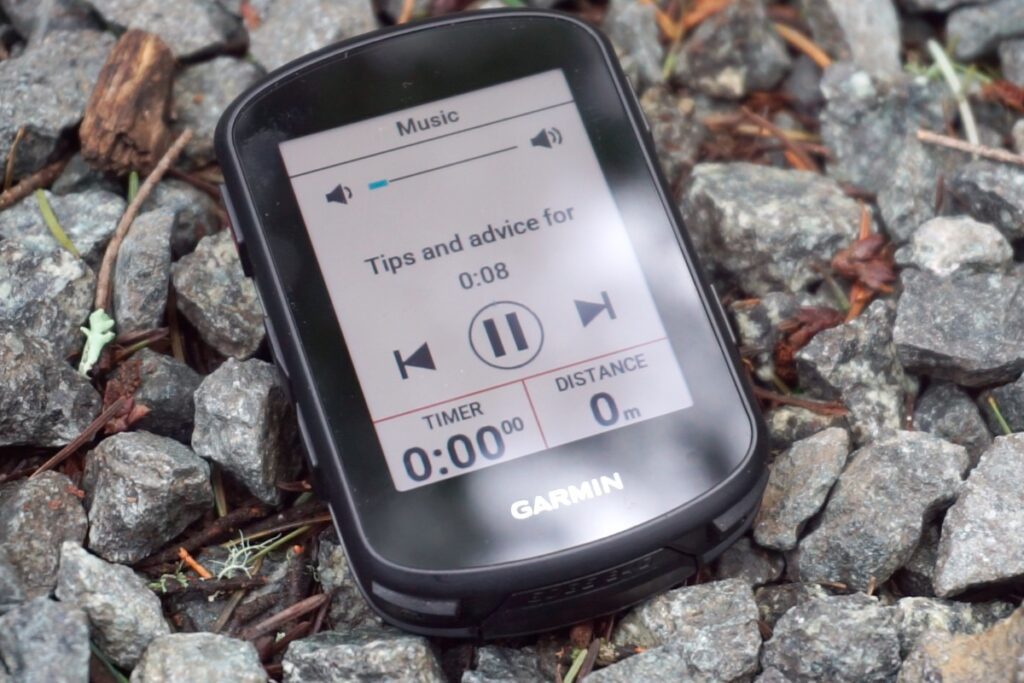
Not just Power Glass: Garmin functions, connectivity
Garmin isn’t just improving battery life on the new 840 and 540 ranges, they’re trying to improve function, and address some existing issues, across the platform. That starts from the moment you turn your new device on, with a much easier set-up process. If you’re already using a Garmin device, almost all data and settings transfer over in a few minutes.
Connecting to devices and accessories is also easier. The 840 I tested connected quickly and easily with a pair of Rally XC pedals which have been finicky to get a 530 to talk to.
Garmin now connects the 840 and 540 to a multi-band GNSS satellite system, like the Edge 1040, to improve satellite accuracy in more challenging environments. Garmin is able to use this more powerful satellite system and stil extend the new Edge model’s battery life.
The main difference between the new 40-series models remains that the 840 adds a touch screen while the 540 is operated by buttons only. With limited time on the 840, I can say that it works well with no gloves and in light rain with two different sets of Chromag gloves (one winter pair, one lightweight), but those gloves are generally good with other touch screens so that’s no promise that you’ll have the same results.
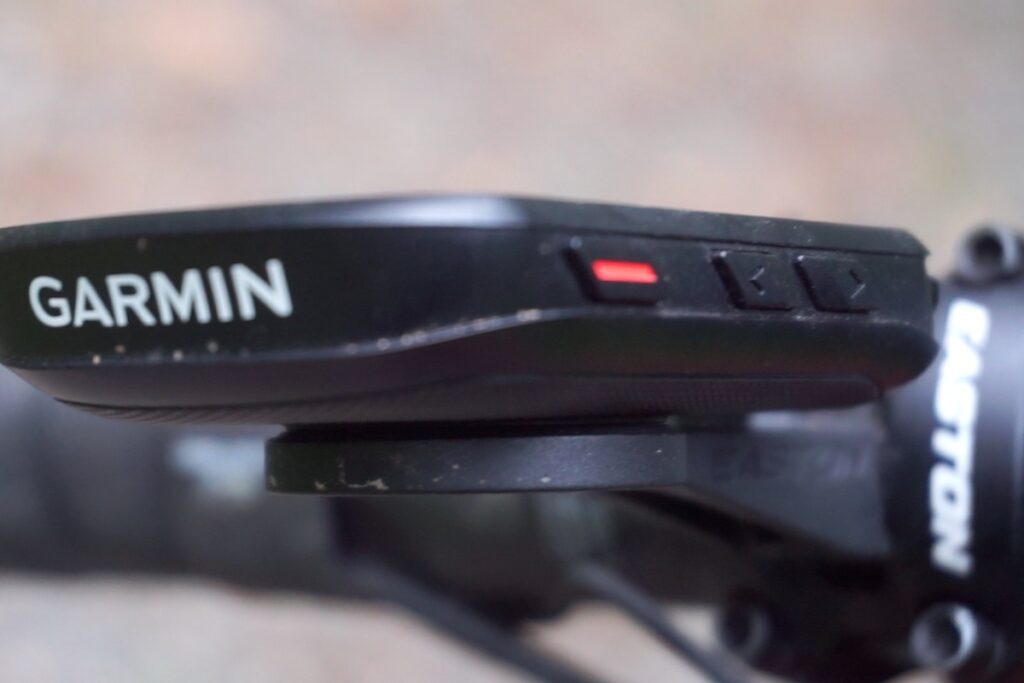
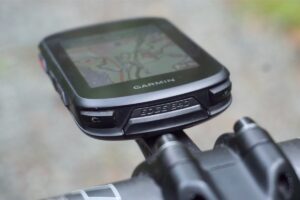
Updated design
The four new head units are slightly larger and slightly heavier than the existing 530 and 830 models they replace. The 830 is 8.2x5x2cm and weighs 79g. The new 840 looks larger but still measures 8.2cm long and 2cm deep, it’s just slightly wider and, at 85g, is slightly heavier. The display (2.6″ diagonal) is unchanged, other than the addition of Power Glass to the Solar models.
Garmin also updates the buttons on the new models. They are more angular and slightly more raised compared to the 530 and 830. This small change makes them easier to find with gloves or while riding off-road.
Like the Edge 1040, the new computers now connect to a USB-C cable for charging. Unfortunately, they still use plastic mount tabs instead of the metal tabs now found on the 1040 model.
Move to USB-C from micro-USB. Unfortunately, still use the plastic tabs instead of the new metal tabs found on the 1040.
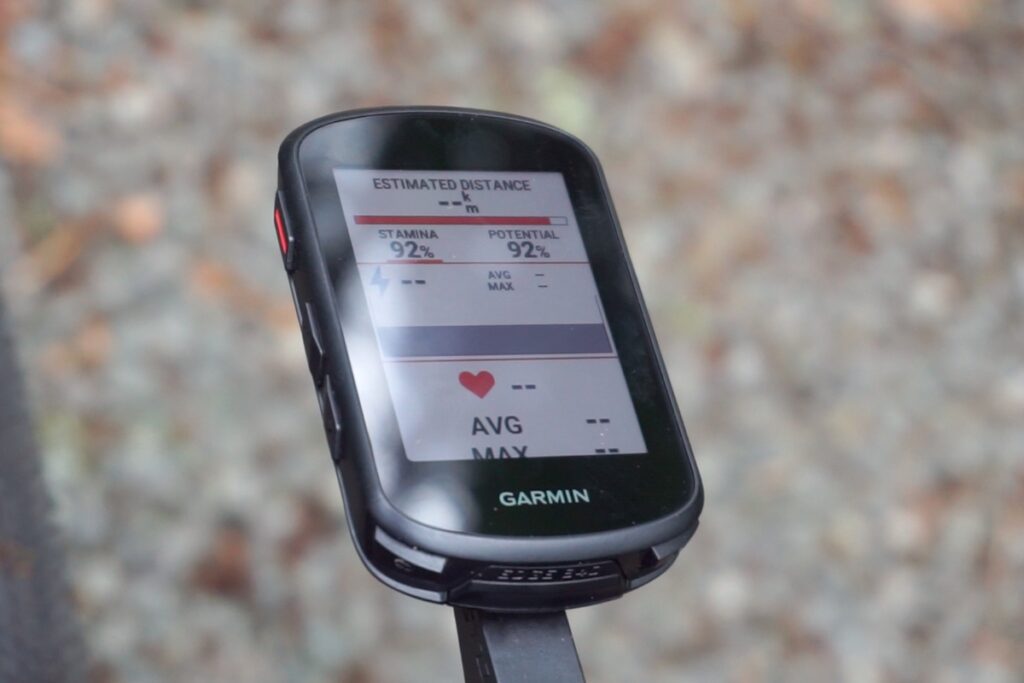
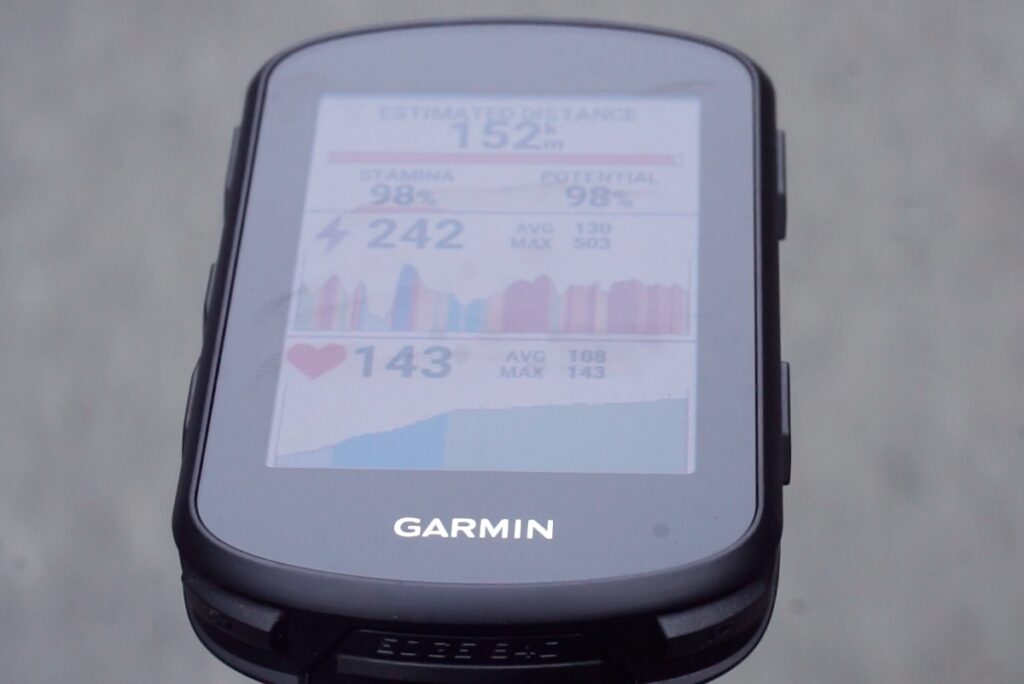
Garmin metrics, coaching and “Cycling Ability”
Garmin is working hard to push the Edge series beyond accurate data and ride recording and into the realm of giving users actual feedback and coaching. Many of the features that first appeared on the 1040 model, like targeted adaptive coaching, power guides, ClimbPro Ascent Planner, Cycling Ability and Stamina are now available on the 840 and 540 models.
While these won’t replace the guidance of a human coach for more serious athletes, they’re providing increasingly detailed guidance for riders that want to improve their fitness and even, in the case of the power guide, tailor training towards a specific event. How well these features work depends on how much information you provide (heart rate, power, etc).
Even if you’re not interested in racing, some of these features are interesting. The real-time stamina feature gives feedback on how hard you’re working, how long you can keep working that hard (stamina) and how long you can ride for if you slow down a bit and recover (potential). A colour coded guide (red means you’re working hard and draining your reserves, green means you’re going easy enough that your body is recovering while you ride, orange is somewhere in between) gives you real-time feedback that is easy to understand, and learn from so you can ride longer and avoid the dreaded bonk.
Existing features like Livetrack, Incident detection, find my Edge, Bike Alarm, InRech compatibility and the notoriously zealous Weather Alerts continue. Garmin now also sends a notice if you’re approaching a busy traffic route. Plus integration like Di2 and smart trainer connectivity, a screen to control music playing on your phone (Spotify or whatever), and Garmin integration like extended display, Varia, remote and all kinds of sensors like HR, power, cadence, etc. all continue.
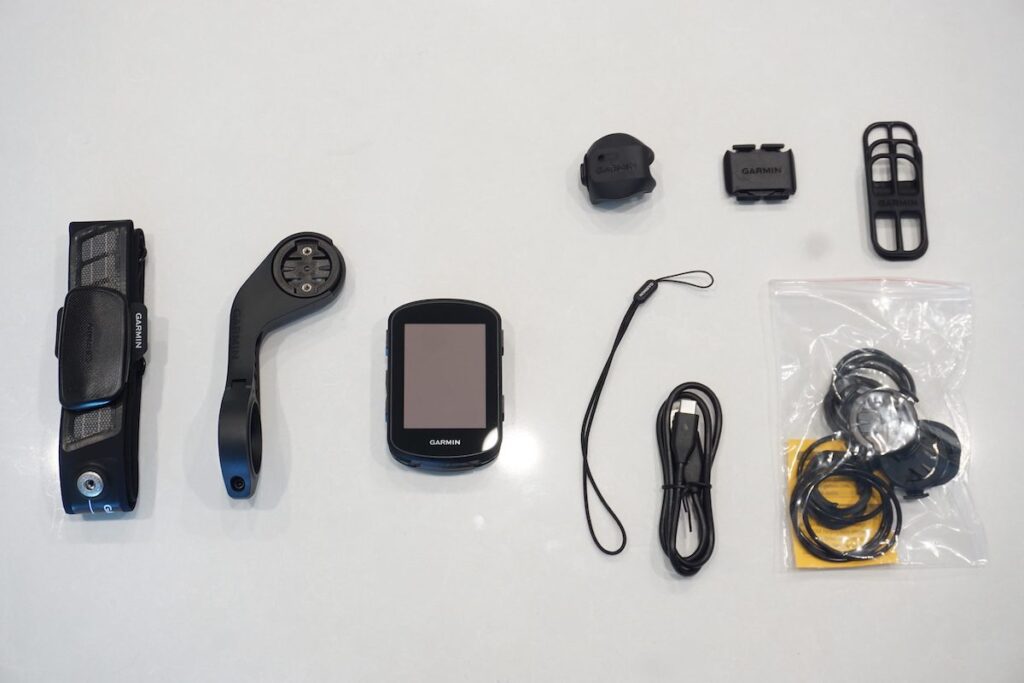
Price: Garmin Edge 540, 840 and solar
Garmin offers four models of the new computers, two standard and two solar. There is a substantial jump in price if you want the added battery life of the solar models. The 40-series models are also more expensive than the 530 and 830 they replace.
The Edge 540 starts off at $470.00 with the Edge 540 Solar jumping up to $600.00. The Edge 840 adds a touch screen for $600.00, while the Power Glass-equipped Edge 840 Solar runs for $740.00.
- Edge 540 – MRP (CAD) $469.99
- Edge 540 Solar – MRP (CAD) $599.99
- Edge 840 MRP – MRP (CAD) $599.99
- Edge 840 Solar – MRP (CAD) $739.99
